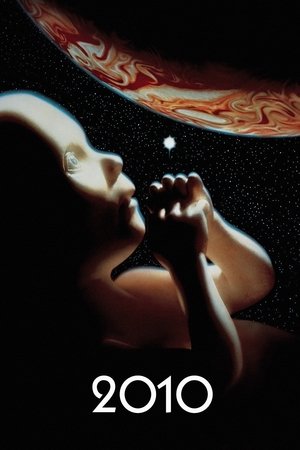

The Word and the Light(2001)
Documentary about the making of Ordet, from the perspective of cinematographer Henning Bendtsen.
Movie: The Word and the Light
Top 1 Billed Cast
Himself

Ordet og Lyset
HomePage
Overview
Documentary about the making of Ordet, from the perspective of cinematographer Henning Bendtsen.
Release Date
2001-05-30
Average
7
Rating:
3.5 startsTagline
Genres
Languages:
Keywords
Recommendations Movies
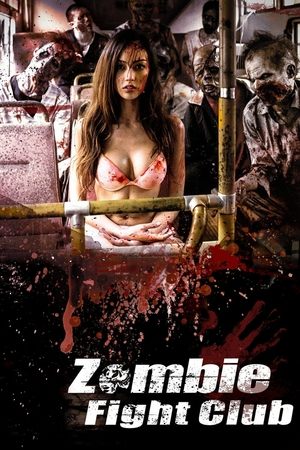 5.6
5.6Zombie Fight Club(zh)
It's the end of the century at a corner of the city in a building riddled with crime - Everyone in the building has turned into zombies. After Jenny's boyfriend is killed in a zombie attack, she faces the challenge of surviving in the face of adversity. In order to stay alive, she struggles with Andy to flee danger.
 8.0
8.0Barry Lyndon(en)
An Irish rogue uses his cunning and wit to work his way up the social classes of 18th century England, transforming himself from the humble Redmond Barry into the noble Barry Lyndon.
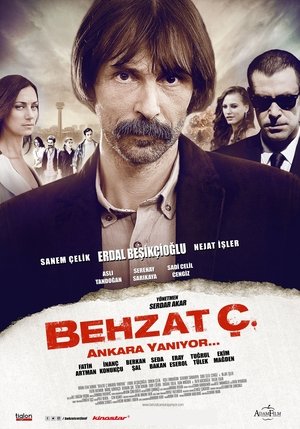 6.6
6.6Behzat Ç.: Ankara Is on Fire(tr)
In the absence of Behzat Ç., a superintendent named Himmet gets replaced as the president of the murder Bureau. When the murder of minister of Interior makes a big impact, Himmet decides to take advantage of it and he makes his team help the fight against terrorism bureau.
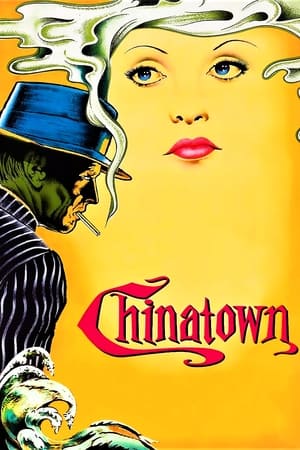 7.9
7.9Chinatown(en)
Private eye Jake Gittes lives off of the murky moral climate of sunbaked, pre-World War II Southern California. Hired by a beautiful socialite to investigate her husband's extra-marital affair, Gittes is swept into a maelstrom of double dealings and deadly deceits, uncovering a web of personal and political scandals that come crashing together.
 8.2
8.2Star Wars(en)
Princess Leia is captured and held hostage by the evil Imperial forces in their effort to take over the galactic Empire. Venturesome Luke Skywalker and dashing captain Han Solo team together with the loveable robot duo R2-D2 and C-3PO to rescue the beautiful princess and restore peace and justice in the Empire.
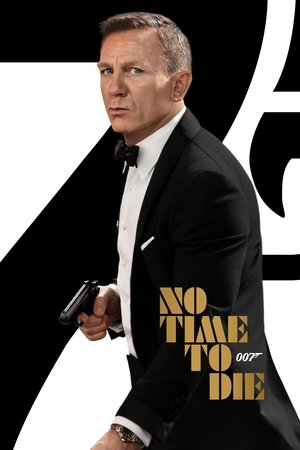 7.4
7.4No Time to Die(en)
Bond has left active service and is enjoying a tranquil life in Jamaica. His peace is short-lived when his old friend Felix Leiter from the CIA turns up asking for help. The mission to rescue a kidnapped scientist turns out to be far more treacherous than expected, leading Bond onto the trail of a mysterious villain armed with dangerous new technology.
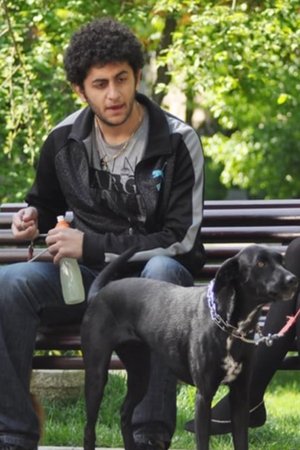 7.5
7.5Lord(ro)
Although he hates dogs, Toni is engaged in finding lost animals and then sentimentally blackmails the masters in order to obtain beautiful large amounts of money. Because of an old and ugly Pekinese that Toni cannot succeed of getting rid of, feelings of affection awake in him that surprise even Toni.
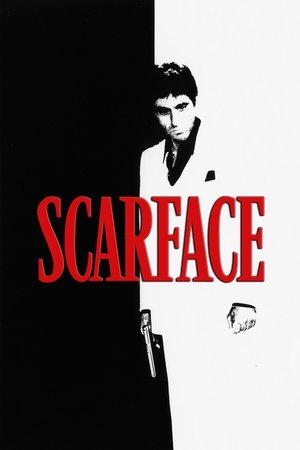 8.2
8.2Scarface(en)
After getting a green card in exchange for assassinating a Cuban government official, Tony Montana stakes a claim on the drug trade in Miami. Viciously murdering anyone who stands in his way, Tony eventually becomes the biggest drug lord in the state, controlling nearly all the cocaine that comes through Miami. But increased pressure from the police, wars with Colombian drug cartels and his own drug-fueled paranoia serve to fuel the flames of his eventual downfall.
 7.1
7.1Rocky IV(en)
After Apollo Creed is killed by Ivan Drago in a match, Rocky Balboa becomes depressed and becomes determined to get revenge.
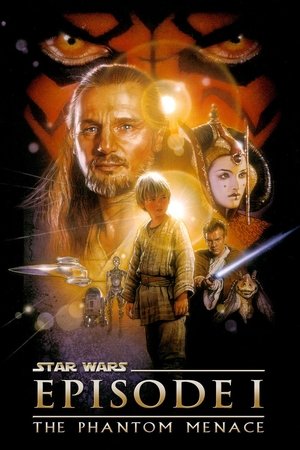 6.6
6.6Star Wars: Episode I - The Phantom Menace(en)
Anakin Skywalker, a young slave strong with the Force, is discovered on Tatooine. Meanwhile, the evil Sith have returned, enacting their plot for revenge against the Jedi.
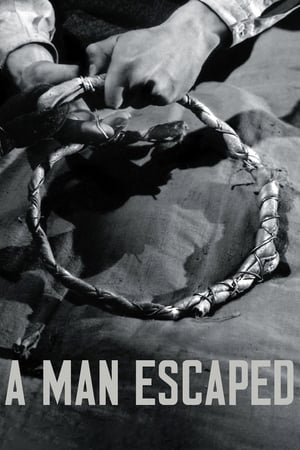 7.9
7.9A Man Escaped(fr)
A captured French Resistance fighter during World War II engineers a daunting escape from prison.
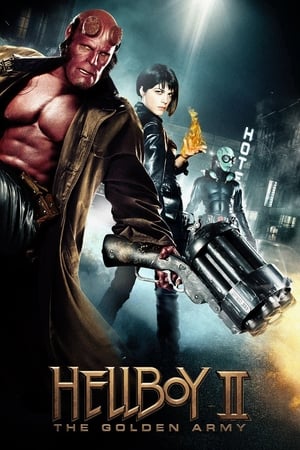 6.8
6.8Hellboy II: The Golden Army(en)
Hellboy, his pyrokinetic girlfriend, Liz, and aquatic empath, Abe Sapien, face their biggest battle when an underworld elven prince plans to reclaim Earth for his magical kindred. Tired of living in the shadow of humans, Prince Nuada tries to awaken an ancient force of killing machines, the all-powerful Golden Army, to clear the way for fantasy creatures to roam free. Only Hellboy can stop the dark prince and prevent humanity's annihilation.
 7.0
7.0Right Now, Wrong Then(ko)
Chun-su arrives in Suwon one day earlier than scheduled. He has a special lecture to give the next day. Chun-su decides to visit a palace and meets Hee-jung there. Hee-jung is a painter and she lets Chun-su see her workroom with her paintings. In the evening, they go out eat and drink together. There, Chun-su reveals something unexpected to Hee-jung.
 6.3
6.3Jackass: The Movie(en)
Johnny Knoxville and his band of maniacs perform a variety of stunts and gross-out gags on the big screen for the first time. They wander around Japan in panda outfits, wreak havoc on a once civilized golf course, they even do stunts involving LIVE alligators, and so on.
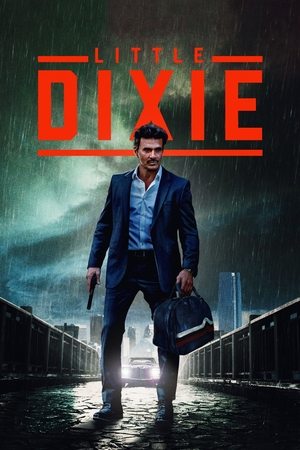 5.8
5.8Little Dixie(en)
Erstwhile Special Forces operative Doc Alexander is asked to broker a truce with the Mexican drug cartel in secrecy. When Oklahoma Governor Richard Jeffs celebrates the execution of a high-ranking cartel member on TV, his Chief of Staff and Doc inform him about the peace he just ended. But it’s too late, as Cuco, the cartel’s hatchet man, has set his vengeful sights on Doc’s daughter Dixie.
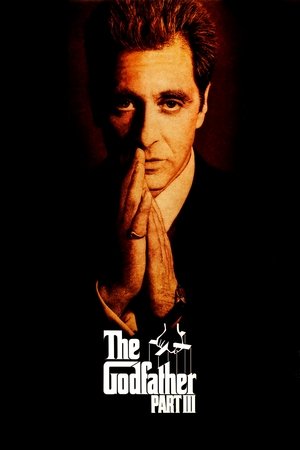 7.4
7.4The Godfather Part III(en)
In the midst of trying to legitimize his business dealings in 1979 New York and Italy, aging mafia don, Michael Corleone seeks forgiveness for his sins while taking a young protege under his wing.
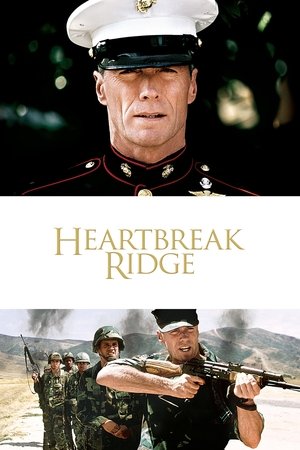 6.9
6.9Heartbreak Ridge(en)
A hard-nosed, hard-living Marine gunnery sergeant clashes with his superiors and his ex-wife as he takes command of a spoiled recon platoon with a bad attitude.
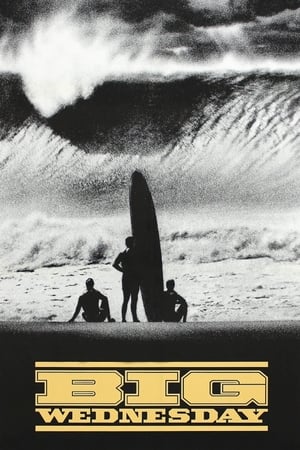 6.9
6.9Big Wednesday(en)
Three 1960s California surfers fool around, drift apart and reunite years later to ride epic waves.
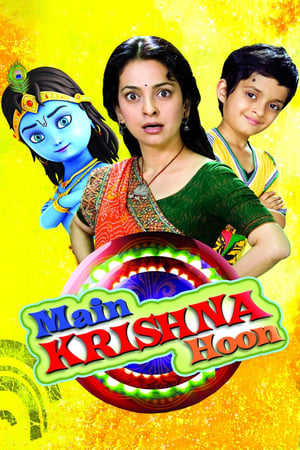 6.1
6.1Main Krishna Hoon(hi)
In answer to an orphan boy's prayers, the divine Lord Krishna comes to Earth, befriends the boy, and helps him find a loving family.
Similar Movies
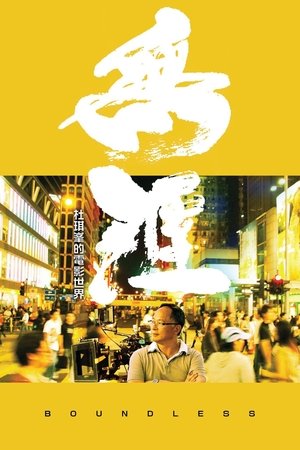 7.5
7.5Boundless(cn)
As Hong Kong's foremost filmmaker, Johnnie To himself becomes the protagonist of this painstaking documentary exploring him and his Boundless world of film. A film student from Beijing and avid Johnnie To fan, Ferris Lin boldly approached To with a proposal to document the master director for his graduation thesis. To agreed immediately and Lin's camera closely followed him for over two years, capturing the man behind the movies and the myths. The result is Boundless, a candid profile of one of Hong Kong's greatest directors and a heartfelt love letter to Hong Kong cinema.
 6.7
6.7Workers Leaving the Lumière Factory(fr)
Working men and women leave through the main gate of the Lumière factory in Lyon, France. Filmed on 22 March 1895, it is often referred to as the first real motion picture ever made, although Louis Le Prince's 1888 Roundhay Garden Scene pre-dated it by seven years. Three separate versions of this film exist, which differ from one another in numerous ways. The first version features a carriage drawn by one horse, while in the second version the carriage is drawn by two horses, and there is no carriage at all in the third version. The clothing style is also different between the three versions, demonstrating the different seasons in which each was filmed. This film was made in the 35 mm format with an aspect ratio of 1.33:1, and at a speed of 16 frames per second. At that rate, the 17 meters of film length provided a duration of 46 seconds, holding a total of 800 frames.
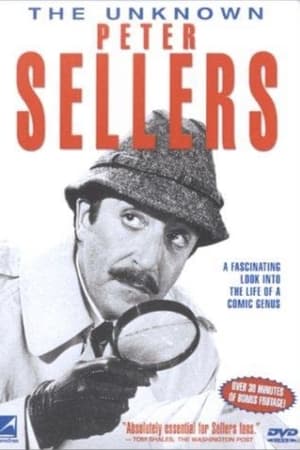 8.0
8.0The Unknown Peter Sellers(en)
Documentary about the life and career of a comic genius, Peter Sellers.
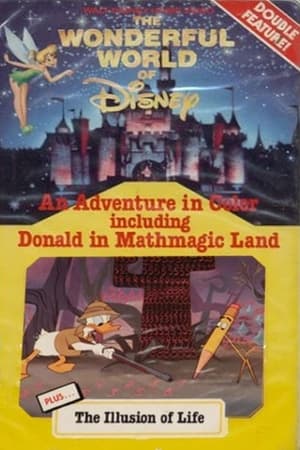 0.0
0.0Disney Animation: The Illusion of Life(en)
Former Disney child star Hayley Mills returns to the Walt Disney Studio for a look at the techniques of animated film production, with various veteran Disney animators illustrating said techniques.
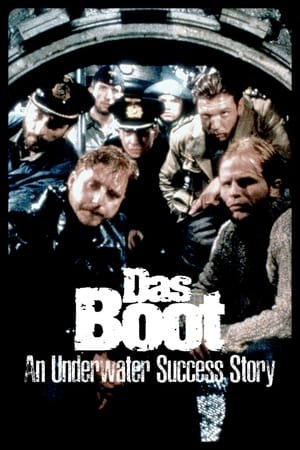 6.6
6.6Das Boot Revisited: An Underwater Success Story(de)
In 1981, a film about the misadventures of a German U-boat crew in 1941 becomes a worldwide hit almost four decades after the end of the World War II. Millions of viewers worldwide make Das Boot the most internationally successful German film of all time. But due to disputes over the script, accidents on the set, and voices accusing the makers of glorifying the war, the project was many times on the verge of being cancelled.
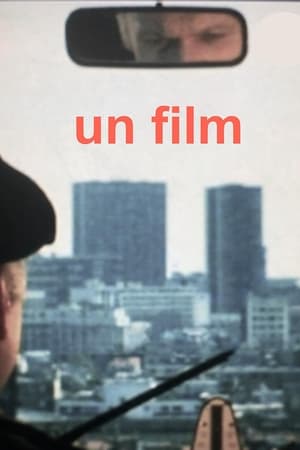 7.0
7.0Un film (autoportrait)(fr)
The shooting diary of a film shot in France and in the United States. Using photos of Paris and of New York City, excerpts of his former films, statements by friends of his and shooting sequences of the film itself, tormented filmmaker Marcel Hanoun has made a heterogeneous and unclassifiable film about the difficulty of filming.
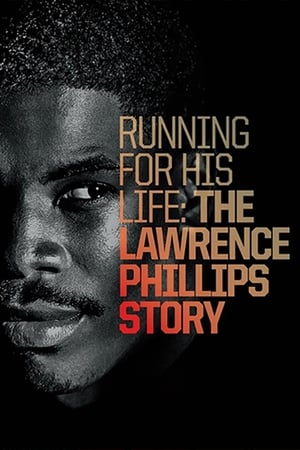 6.8
6.8Running for His Life: The Lawrence Phillips Story(en)
Feature length documentary examining the troubled life and tragic death of college football standout and talented NFL running back Lawrence Phillips, whose scars of childhood abuse and abandonment haunted him throughout his career.
 0.0
0.0Miyazaki, Spirit of Nature(fr)
A documentary that focuses on Hayao Miyazaki’s deep connection to nature and the environmental themes expressed through his films.
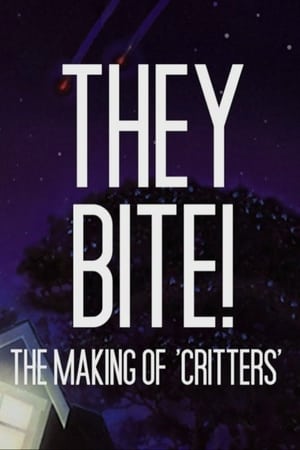 0.0
0.0They Bite!: The Making of Critters(en)
Documentary about the original 1986 film Critters. Features interviews with actors Dee Wallace, Don Opper, Terrence Mann, and Lin Shaye; producer Barry Opper; writer Brian Muir; critter designers and voice actors; and many more.
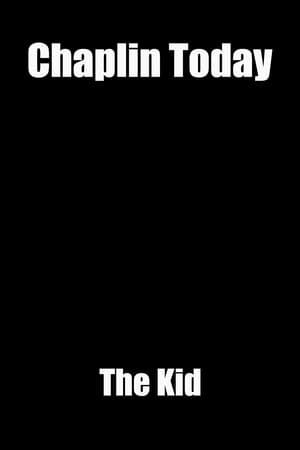 5.7
5.7Chaplin Today: 'The Kid'(en)
This documentary is featured on the two-disc Chaplin Collection DVD for "The Kid" (1921), released in 2004.
 5.7
5.7John Ford Goes to War(en)
When World War II broke out, John Ford, in his forties, commissioned in the Naval Reserve, was put in charge of the Field Photographic Unit by Bill Donavan, director of the soon-to-be-OSS. During the war, Field Photo made at least 87 documentaries, many with Ford's signature attention to heroism and loss, and many from the point of view of the fighting soldier and sailor. Talking heads discuss Ford's life and personality, the ways that the war gave him fulfillment, and the ways that his war films embodied the same values and conflicts that his Hollywood films did. Among the films profiled are "Battle of Midway," "Torpedo Squadron," "Sexual Hygiene," and "December 7."
Alex to the Max: The Making of Max Keeble's Big Move(en)
This documentary treats movie fans to a behind-the-scenes look at the making of Max Keeble's Big Move, about a young boy who uses his imminent move to another town as his big chance for revenge on everyone who's tormented him, only to have his plan backfire. Included are interviews with the cast and crew who talk about the experience of making the film, as well as all of the effort that went into it.
 0.0
0.0Afro Promo(en)
Co-curated by Jenni Olson and the late Black gay activist Karl Knapper, this entertaining showcase of vintage movie trailers traces the evolution of African American cinema through its most crucial period, 1952-1976. Filled with insights on race and social dynamics, this fascinating compendium of coming attractions explores an extensive range of stylistic approaches—Blaxploitation, Comedy, Music Bio, Plantation Drama and more—offering an outrageous joyride through motion picture history. Beyond mere camp, these marvelously condensed gems crystallize a range of African American identities and personalities, tracking the meteoric careers of Sidney Poitier, James Earl Jones, Billy Dee Williams, Richard Pryor, Pam Grier and others through their bold performances in movies both hugely popular and practically forgotten. Afro Promo provides a compact glimpse at the representation of African Americans through twenty-five dynamic years of American cinema history.
 0.0
0.0Remembering Ragtime(en)
Memories from the making of the classic Milos Forman film "Ragtime".
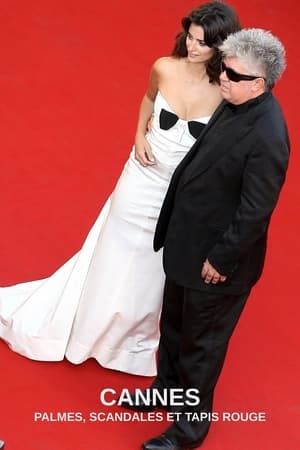 8.0
8.0Cannes : Palmes, scandales et tapis rouge(fr)
How could the Cannes Film Festival become the biggest cinema event in the world? For 75 years, Cannes has succeeded in this prodigy of placing cinema, its sometimes paltry splendors but also its requirements of great modern art, at the center of everything, as if, for ten days in May, nothing was more important than it. This film tells how Cannes has become the largest film festival in the world by opening up to cinematic modernity while never forgetting that cinema remains a performing art, a popular art.
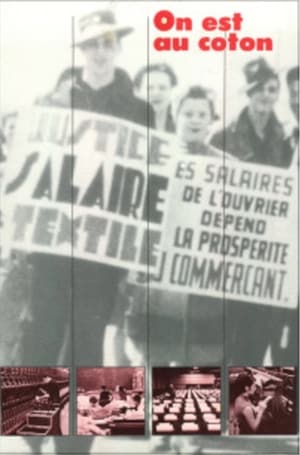 6.0
6.0Cotton Mill, Treadmill(fr)
Director Denys Arcand made an inquiry on textile industry in Quebec, meeting employers and workers of that industry.
Orientations: Chris Doyle - Stirred But Not Shaken(en)
The life and work of Chris Doyle, the acclaimed Australian cinematographer who found regular work as the collaborator of maverick Hong Kong auteur Wong Kar-Wai.
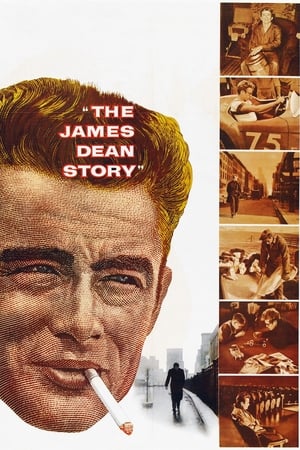 5.3
5.3The James Dean Story(en)
Released two years after James Dean's death, this documentary chronicles his short life and career via black-and-white still photographs, interviews with the aunt and uncle who raised him, his paternal grandparents, a New York City cabdriver friend, the owner of his favorite Los Angeles restaurant, outtakes from East of Eden, footage of the opening night of Giant, and Dean's ironic PSA for safe driving.
 5.8
5.8Room 999(fr)
In 1982, Wim Wenders asked 16 of his fellow directors to speak on the future of cinema, resulting in the film Room 666. Now, 40 years later, in Cannes, director Lubna Playoust asks Wim Wenders himself and a new generation of filmmakers (James Gray, Rebecca Zlotowski, Claire Denis, Olivier Assayas, Nadav Lapid, Asghar Farhadi, Alice Rohrwacher and more) the same question: “is cinema a language about to get lost, an art about to die?”
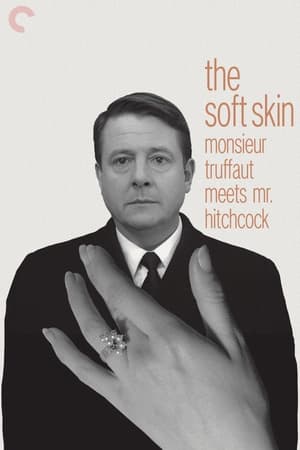 6.5
6.5Monsieur Truffaut Meets Mr. Hitchcock(en)
When Francois Truffaut approached Alfred Hitchcock in 1962 with the idea of having a long conversation with him about his work and publishing this in book form, he didn't imagine that more than four years would pass before Le Cinéma selon Hitchcock finally appeared in 1966. Not only in France but all over the world, Truffaut's Hitchcock interview developed over the years into a standard bible of film literature. In 1983, three years after Hitchcock's death, Truffaut decided to expand his by now legendary book to include a concluding chapter and have it published as the "Edition définitive". This film describes the genesis of the "Hitchbook" and throws light on the strange friendship between two completely different men. The centrepieces are the extracts from the original sound recordings of the interview with the voices of Alfred Hitchcock, Francois Truffaut, and Helen Scott – recordings which have never been heard in public before.
